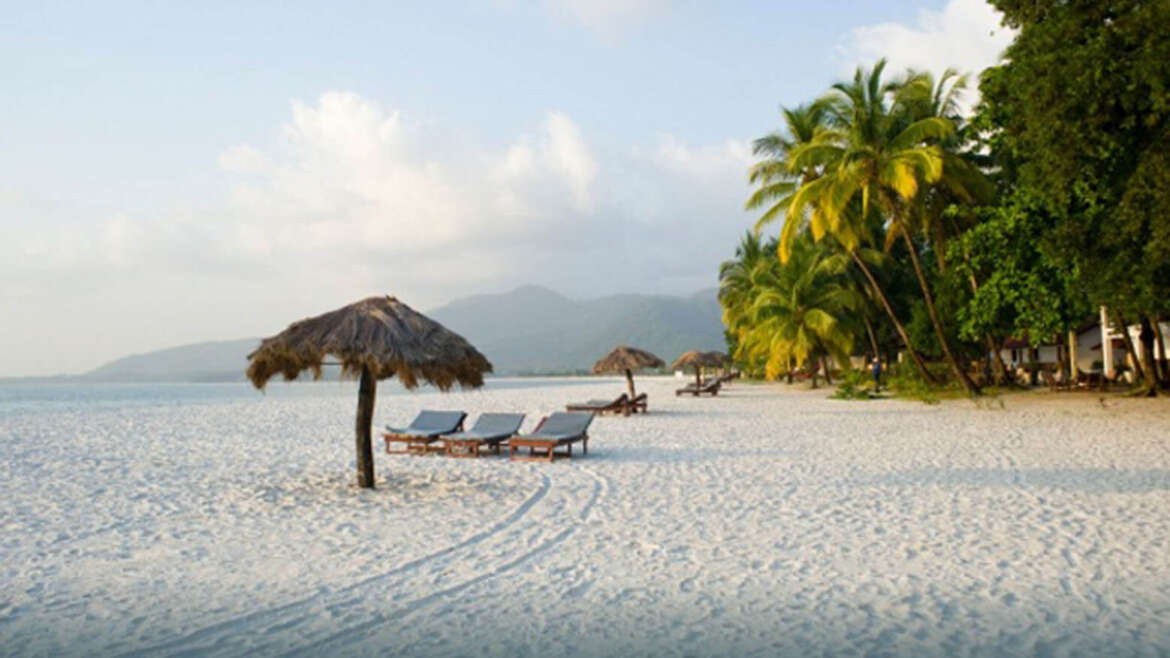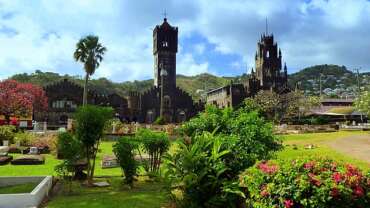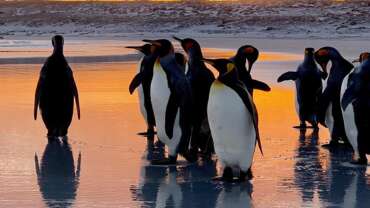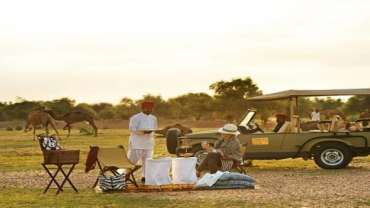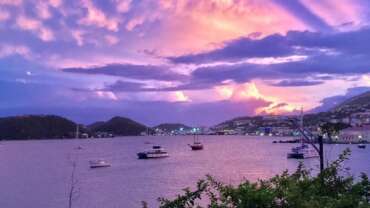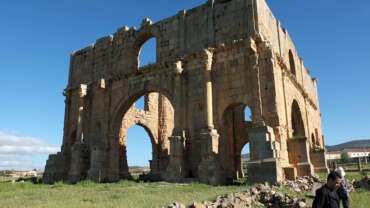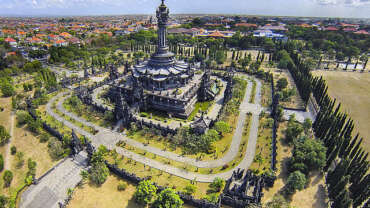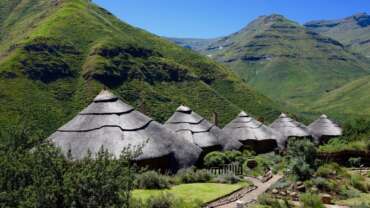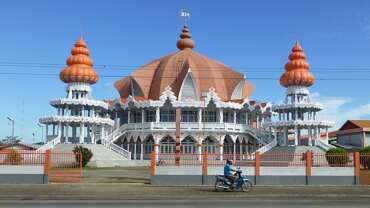Sierra Leone - "Has everything that traveler could desire"
Sierra Leone is a country in West Africa, on the Atlantic Ocean. It’s known for the white-sand beaches lining the Freetown Peninsula. The capital city, Freetown, commemorates the nation’s slave-trade history with the Cotton Tree landmark and King’s Yard Gate. Both were known as places of refuge for returned slaves in the 18th and 19th centuries. Nearby Bunce Island was a key departure point during the slave trade.
Explore The Beauty, Sample Our Flavours And Experience Our Hospitality Through A Range Of Tours We Offer. Let Us Help You Plan Your Perfect Getaway.
History of Sierra Leone
The name Sierra Leone dates back to 1462 when Portuguese explorer Pedro da Cintra discovered the peninsular mountains as he sailed down the coast of West Africa. Some say he named them ‘Sierra Lyoa’ (Lion Mountains in Portuguese) because the roar of thunder rolling over the mountains sounded like a lion, others say it was because of their shape, which resembled a crouching lion. Either way, the name stuck. An English sailor later changed the name to Serraliona and from there it became Sierra Leone.
Prior to this, tribes from the African interior had settled in the virgin forest, where they would be protected by the mountains on one side and the sea on the other. They were probably the ancestors of the Limbas, the oldest ethnic group in Sierra Leone, the coastal Bullom (Sherbro), Temne, the Mande-speaking people including Vai, Loko and Mende.
After Pedro da Cintra’s discovery, foreign influence in the area increased and trade commenced between the locals and Europeans in the form of a barter system. The British began to take interest in Sierra Leone and in 1672 the Royal African Company established trading forts on the Islands of Bunce and York. With the emergence of the slave trade, human trafficking became the major commodity and indigenes were sold as slaves. Bunce Island became a prime spot for transporting slaves to Europe and America.
Through the efforts of philanthropists, Britain abolished slavery and a naval base was established in Freetown to intercept slave ships. Freetown became a settlement for freed slaves in 1787 and was called the ‘Province of Freedom.’ By 1792, 1,200 freed slaves from Nova Scotia and a large number from Maroon in the 1800s joined the original settlers from England. In 1808, the area of Freetown officially became a British Crown Colony and trade commenced between the indigenes and the settlers. This paved the gateway for the British to extend their rule into the outer provinces and in 1896, a protectorate was declared.
During British colonialism, Sierra Leone served as the seat of Government for other British colonies along the West Coast of Africa. Fourah Bay College was established in 1827 and was the first college for higher education south of the Sahara. English speaking Africans flocked there and it quickly earned Sierra Leone the title of the ‘Athens of West Africa’ for its early achievements in the fields of medicine, law and education.
During their colonial history, Sierra Leoneans mounted several unsuccessful revolts against British rule, and finally gained independence peacefully on 27 April 1961. Under the leadership of its first Prime Minister, Sir Milton Margai, the newly independent nation adopted a parliamentary system of government, later becoming a Republic in 1971. In 1991 civil war broke out and Sierra Leone entered the darkest decade in its recent history. Peace was restored in 2002 and, since then, the country has blossomed. Sierra Leone is on a fast track to development under a multi-party democracy and is hailed as one of the safest countries in West Africa.
People & Culture of Sierra Leone
The population of Sierra Leone is 6.453 million (2015 statistics) and is made up of an astonishing diversity of ethnic groups, considering the size of the country. Sierra Leone is home to Temnes, Lokos, Korankos, Mandingoes, Susus, Limbas, Mendes, Kissis, Konos, Fullas, Vais, Yalonkas, Sherbros, Krus, Krims and Creoles. A wide range of nationalities are also resident in Sierra Leone, contributing to growing ethnic diversity and a growing economy.
English is the official language of Sierra Leone yet it is Krio, which originated with the freed slaves (Creole people) who returned to Sierra Leone after slavery was abolished, that is the lingua franca. Krio is widely spoken in Freetown and to a lesser degree in rural areas. Sierra Leoneans will be thrilled to hear a visitor use some basic Krio words such as: ‘kusheh’ meaning hello, ‘tenki’ – thank you, ‘do ya’ – please and ‘how di bodi?’ – how are you?
Sierra Leoneans have a unique blend of cultural traditions. They are vibrant, exuberant and expressive people and their cultural values, traditions and belief systems are widely practised and respected. A variety of food, flamboyant clothing, jewellery, hand-made crafts, lively festivals and the performing arts are expressions of this colourful society. Rituals and ceremonies are performed by different groups at different times, including the ‘secret societies.’ These ‘societies’ are hugely secretive and members (men and women have separate societies) obey a strict code of conduct. Religious beliefs and practices are very present in every day life and there are many fascinating historic sights, monuments and relics to see. Keep your eyes open and you never know what you might come across! Around the next corner, there could be a national cultural show where traditional dancers gyrate and revel to the drums and music.
The people of Sierra Leone are well known for their friendliness and hospitality and life is taken at a very relaxed pace.
RELIGION
Muslims form about 60% of the population, Christians 30% and traditional or animist believers make up the remaining 10%. Sierra Leone is a leading example of religious tolerance. Muslims and Christians live side by side and intermarry, and children typically learn both Muslim and Christian prayers in school. The phrase ‘God Bless Islam’ is one that you will often see written on local buses (poda podas) exemplifying the integration of the two religions.
ECONOMY
Sierra Leone’s economic outlook is bright. Investors are returning in their droves and year on year, gross domestic product (GDP) is rising (it was 5.7% in 2011). Sierra Leone is also rich in minerals, including diamonds, gold, bauxite, rutile and iron ore. The recovery of the mining sector, which contributes about 4% of GDP and is the biggest foreign exchange earner, is a major factor, as is the continued growth of other sectors such as agriculture, on which three and a half million Sierra Leoneans depend. Agriculture accounted for 45% of GDP in 2010. The tourism sector has enormous potential and is steadily becoming a major player in the socio- economic development of the country.
FOOD AND DRINK
The restaurant scene in Freetown offers a wide variety of international cuisine including Lebanese, European, Korean, Japanese and Chinese. African restaurants, including Senegalese and Ghanaian, also offer a taste of the continent but for a real taste of Salone, local is the way to go. Rice is the local staple accompanied by plassas (sauce) such as cassava leaf, groundnut soup, binch or stew with chicken, beef and/or fish and served in generous portions. Beef and chicken dishes are widely available but fish is king, especially along coastal areas where barracuda, groupa, snapper, lobster and other fish are widely available. Also look out for street food including sizzling goat or beef skewers, fried plantain, roast cassava tuber and coconut cakes. Buy freshly plucked juicy sun ripened fruit, including pineapple, mango, paw paw (papaya), banana and oranges from market women, situated outside any of the main supermarkets. For drinks, try palm wine, commonly described as the drink that comes ‘from God to man’. Drawn fresh from oil palm trees, palm wine is a natural and cheap low-alcohol drink especially favoured in villages. Be wary of buying in Freetown as it is often watered down. Alternatively, beer drinkers can sample Star, the national lager brewed with sorghum purchased from Sierra Leonean farmers, and available ice cold in most bars and restaurants throughout the country. For non-alcoholic refreshment try fresh coconut water served straight from the shell on street corners or tangy ginger beer.
MUSIC
Sierra Leoneans are well known for their love of music. It is part of the fabric of everyday live in and you’ll hear it everywhere – be it pop music belting out of bars and clubs, warm reggae in taxis or poda podas, or local hip hop across the radio waves at street side stalls and markets. For so long dominated by US and regional tunes, Sierra Leone rap and reggae artists are finding their voice and their music is growing ever more popular. Try any nightclub and you’ll be whisked away by dramatic lyrics and profusion of sounds and beats inducing you to dance the night away. Those looking for live music should sample reggae night on Thursday at Aces nightclub, where the Sierra Leone Refugee All Stars play when in country, or China House on a Friday.
Geography of Sierra Leone
Sierra Leone is nestled between Guinea and Liberia on the south-west coast (the ‘hump’) of Africa, 900 kilometres north of the equator. It covers an area of 73,326 square kilometres (27,925 square miles), including some 360 kilometres (212 miles) of North Atlantic Ocean coastline offering some of the best beaches on the continent.
Sierra Leone has several breath-taking mountains, ideal for hill-walkers and climbers, including Mount Bintumani, the Wara Wara Mountains, the Loma Mountains, the Sula Mountains and the Tingi Mountains. The capital, Freetown, is situated on the northern end of the Western Area Peninsula, framed by the majestic Sierra Lyoa mountains rising 1000m (3280ft) behind it.
Climate & Weather in Sierra Leone
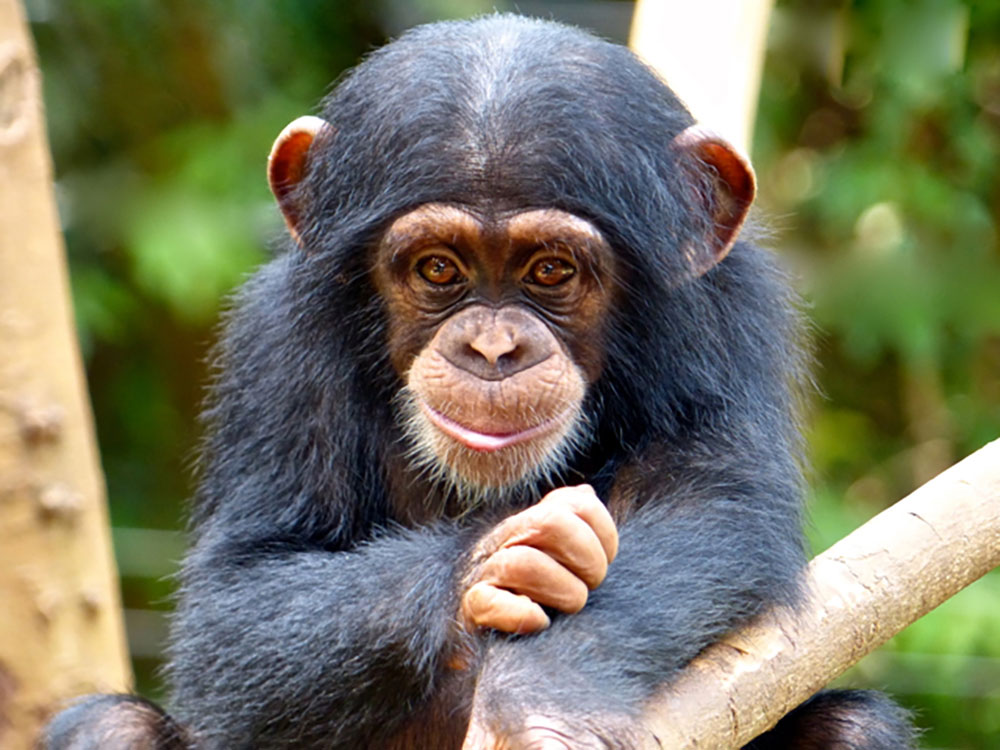
Sierra Leone has two distinct seasons:
– The Rainy Season
– The Dry Season.
The rainy season starts in May and ends in October, while the dry season is between November and April. The hottest months of the yearare March and April and the most pleasant time is September to February with bright blue skies most days and temperatures in the high twenties and low to mid-thirties. In July and August it can get exceptionally wet and humid. Bring appropriate clothing depending on the time of year.



